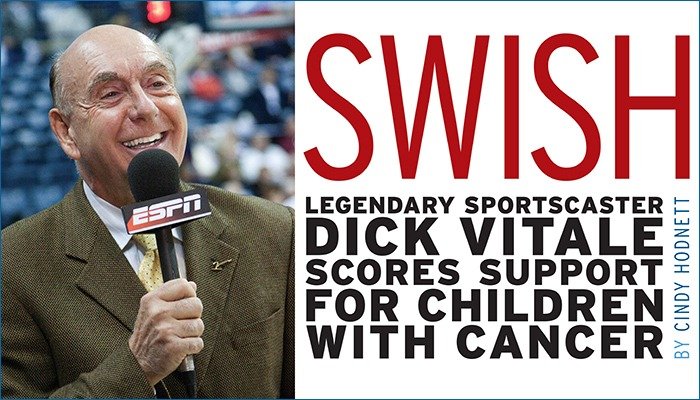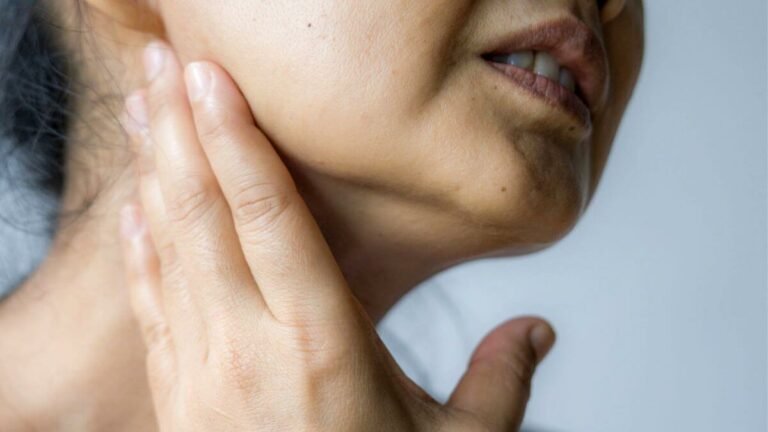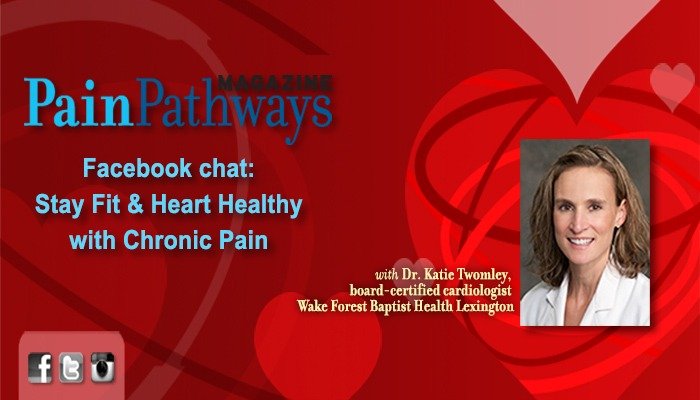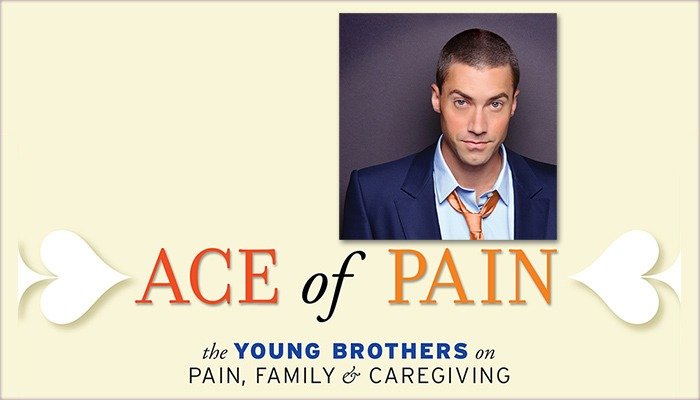Trigeminal Neuralgia

What do you think of when you think of intense pain? Many women might say childbirth. A veteran who survived injury from an explosive device might describe the related pain as the worst he or she ever experienced. The list goes on. Burn victims, cancer patients and people involved in severe automobile accidents all have known intense, excruciating pain. And there are many others. The menu of pain and suffering that humans can experience is long, but one disorder is generally considered more intolerable than any other. In fact, it can be so unbearably painful that some sufferers would rather end their own lives than continue struggling with it. This condition, trigeminal neuralgia (TN), is sometimes known as “the suicide disease.” This moniker isn’t a license for hopelessness. If you suffer from trigeminal neuralgia, we want to be very explicit in our message to you: You are not alone and you do have options.
Severe sensations
Picture this: You’re in the chair at your dentist’s office. He’s examining your teeth and gums with the usual metal instruments. Then … ping! A vulnerable nerve is prodded the wrong way and causes a sharp jolt. It’s a unique pain, almost an electrical sensation. It is normal to experience this kind of momentary discomfort from time to time—say, at the dentist office or when a piece of aluminum foil accidentally makes contact with a metal filling. But when the pain occurs at unlikely times and is prolonged and intensified, that is not normal. That is TN.
“Take that nasty electrical zing and magnify it by 50 or100 and then don’t take it away right away; make it stay there for three or four minutes,” says Kenneth Casey, MD, a Michigan neurosurgeon and chairman of the Facial Pain Association. “Almost every patient I’ve talked to is consistent with that story. They say it feels like licking a battery or having their face plugged into an electric socket, but the sensation is so unrelenting they wish they could rip their faces off. I hear that about 200 or 300 times a year in my office. I’ve also heard patients say that their pain has led them to consider suicide, and I’ve known of several suicides that resulted from the intense suffering TN brings.”
What’s worse is that everyday activities like eating can trigger an episode of trigeminal pain. “For me, the three things that bring it on worst are talking, chewing and activity,” says Elaine Asher, who has suffered from TN since 2002. “It’s horrible. Sometimes I stay in bed all day because it hurts so much.”
In addition to the physical pain this disorder causes, many people who have TN also have difficulty finding empathy and understanding—both from the medical community and from loved ones.
Asher feels isolated from her family as the result of her diagnosis. “They don’t think anything is wrong with me; they think it’s psychological,” she says. “I even had one of my doctors write a letter describing my condition. He said I could let others read it, but many in my family don’t believe it—even though it was written there in black and white. But because they can’t see what’s wrong with me, they think nothing is.”
According to Dr. Casey, this skepticism can be a common problem for those with TN, and even some physicians may not initially believe or understand a patient. While a very small percentage of TN sufferers do seem to experience the condition psychosomatically, most have a diagnosable form of the disorder that can be confirmed by medical history and a PET scan.
“I always use the example of migraines,” says Dr. Casey. “You can have a friend who regularly has terrible headaches. Do you believe that he’s in pain and having actual headaches? Well, your friend’s head didn’t fall off, so how do you know he has migraines? Where’s the evidence? Of course you don’t have the evidence, you just know he’s suffering. This is no different. It’s worse and it’s a different kind of pain, but it’s just as real.”
The suffering of TN patients is real, but what causes this disorder? The first documented diagnosis came in 1773, but even now there are missing pieces that researchers are investigating and trying to confirm.
THE ROOT OF TRIGEMINAL PAIN
Today, experts are fairly certain that most instances of trigeminal pain are caused by vascular cross-compression of the trigeminal nerve (the nerve that carries sensation from the face to the brain). It took several decades of research for the medical community to come to this consensus, but Dr. Casey says the theory is now nearly fully accepted. In TN, there are known and unknown causes of cross-compression. To better understand these causes, researchers have defined seven distinct types of the condition:
TYPE 1 OR CLASSIC TRIGEMINAL NEURALGIA presents as episodic, shooting “electrical” pain.
TYPE 2 OR ATYPICAL TRIGEMINAL NEURALGIA presents as aching pain or continuous burning pain, although it may have shooting pain superimposed.
TYPE 3 OR SYMPTOMATIC TRIGEMINAL NEURALGIA can sometimes occur as a symptom of multiple sclerosis (MS). “About 10 to 15 percent of all patients with MS can get face pain, but only 1 to 4 percent present with it as their first symptom of MS,” says Dr. Casey. “In these cases, sometimes the patient is incorrectly diagnosed with classic TN until the other symptoms of MS come along.”
TYPE 4 OR TRIGEMINAL NEUROPATHIC PAIN (EXTERNAL) is usually the result of an external injury to the face—for example, from a car crash or being hit with an object like a baseball bat.
TYPE 5 OR TRIGEMINAL NEUROPATHIC PAIN (SURGICAL) is caused when the trigeminal nerve is in advertently damaged during orofacial surgery.
TYPE 6 OR POSTHERPETIC NEURALGIA occurs because an infection, like HIV or herpes zoster, targets the nerve. Unlike the other types, it does not involve cross-compression of the nerve.
TYPE 7 OR SOMATIC FACE PAIN describes a very small group of people who have no identifiable physical cause of TN. “It’s very real pain to them, but it doesn’t have objective brain imaging to back it up,” says Dr. Casey.
Of these seven categories, types 1 through 3 are by far the most common, and are caused by vascular cross-compression, in which an artery or vein compresses the nerve. However, there may be an additional factor contributing to TN.
“For the first two groups, we thought, ‘Is vessel cross-compression alone enough to explain it?’” says Dr. Casey. “In other words, do we need to assume that it’s vessel cross-compression plus something else? Many people have cross-compression of the trigeminal nerve, but they don’t all have pain. We’re looking at why some people develop TN and some don’t. Perhaps some people are slower to heal from the cross-compression.
“That’s where we’re at right now, and we think the additional factor is genetics,” Dr. Casey continues. “We have people who are somewhat genetically susceptible, and then when that vessel comes along and compresses the nerve, all the ingredients are there for pain. We still need more research to confirm this, but it’s what we suspect is the final piece of the puzzle.”
In types 4 through 6, damage occurs directly to the nerve due to an external injury, inadvertent surgical maneuver or infection. In type 5, dental surgery is most likely to be the cause, but sinus surgery and other procedures of the head and neck can also prompt TN. In Asher’s case, it was surgery to treat sleep apnea.
“It’s not that these are all bad procedures,” explains Dr. Casey. “Perhaps the doctor was stimulating that nerve for a good reason. And if that nerve was going to get in trouble, maybe that procedure was the tipping point.”
DIAGNOSIS & TREATMENT
Asher had no idea she might be at risk for TN. She, like most people, had never heard of it. Soon after her surgery, the intense pain began. “I couldn’t understand why pain medicine wouldn’t relieve me, and why the doctor wouldn’t give me something that would,” she says.
After Asher’s TN began in 2002, it took her a while to find a diagnosis. “I tried everything; I went everywhere for help,” she says. “I was hurting so bad one morning that I got up and sat outside of the doctor’s office until they got there.” Dr. Casey says that the type of TN a person has affects the likelihood of either an easy or prolonged diagnosis. “Types 1 and 2 (classic and atypical) can be definitively diagnosed with better than 90 percent accuracy, and that’s all from the patient’s story. An MRI can show a cross-compressing vessel, but proving it with an MRI is not necessary. The patient’s story is what leads to the diagnosis.
“For types 4 and 5 (external and surgical), if someone makes the connection between an injury or surgery and the pain, then a diagnosis should be fairly simple,” Dr. Casey continues. “If someone doesn’t make that association, you can see where that person might wander around in the diagnostic fields for a longer time.”
While any physician can make the diagnosis, a neurosurgeon is the doctor best suited to treat the disorder, says Dr. Casey. As Asher’s story indicates, general pain relievers and narcotics have little effect on trigeminal pain.
“Neurosurgeons have an understanding of this condition and are invested in helping this community of patients,” says Dr. Casey.
Of course, patients with trigeminal neuralgia would see anyone they thought could help ease or end their pain. Since at least 400 B.C., people have been seeking relief for facial pain, sometimes going to extreme lengths.
“We know that in the 15th century, there was someone who would treat facial pain by applying a hot poker to a person’s face,” explains Dr. Casey. “It burned the nerve, but it was a very disfiguring procedure. Yet, people lined up around the block for it. As recently as the late 1930s and ’40s, a chemical called bismuth was used to treat TN. It worked, but it was incredibly toxic. Most patients wanted it anyway.”
Fortunately, those suffering with TN pain today have much safer options. The most common treatments can be broken into three main categories, says Dr. Casey:
ORAL MEDICATIONS: “There are about five to seven medicines that are frequently used to treat TN,” says Dr. Casey. “The top drug is Tegretol (carbamazepine), an anti-seizure medication. It will help 70 percent of patients for roughly 70 percent of their symptom experience. Tegretol can’t be tolerated by about 8 to 10 percent of the population. For those people, Trileptal (oxcarbazepine) can be used to treat the TN and reduce the adverse drug reactions. Dilantin (phenytoin) is another good anti-seizure medication, but it doesn’t seem to work quite as well as Tegretol and Trileptal.”
TOPICAL MEDICATIONS: Topical medicines like lidocaine and ketamine are typically used to help treat or prevent triggers. “These triggers are things that should be non-painful, like brushing your teeth or being exposed to wind,” explains Dr. Casey. “In some people, the triggers are so dominant that if we can help dull their impact, we can give the patient’s medicine a chance to catch up and provide reasonably good control.”
SURGERY: There are a number of surgical options for TN, including glycerol injections, gamma-knife radiosurgery, balloon decompression, severing the nerve, burning the nerve with an electric current and microvascular decompression (MVD). MVD is one of the most successful procedures, says Dr. Casey. “In this surgery we move the vessel away from the nerve,” he says. “It’s a normal vessel but has sagged and made contact with the nerve.”
Eventually, most patients will need to convert to a surgical procedure, Dr. Casey continues. “People will get medicine control for varying lengths of time, but most say that the medicines stop working as well over time,” he says. “Typically, on the third major drug switch we start talking about a new combination: topicals alone, topicals plus surgery, topicals plus medicine or medicine plus surgery.”
When it comes to the effectiveness of the treatments, people with classical and atypical TN seem to have the highest success rates. But all patients seem to have recurrences of pain over time — even after surgery.
“The problem is durability,” says Dr. Casey. “After MVD, most people can go up to 10 years with relief, but at that point they start getting recurrences and will have to have surgery again. However, some have had the surgery and have been pain free for 20 years or longer. And I’ve also seen rare cases where a medicine has been working for patients that long as well. The outcomes differ per patient, but there’s usually not one complete solution. We never say a patient is cured, but MVD offers a pretty high rate of control.
“There are also alternative treatments available, such as acupuncture, electrical stimulation and biofeedback. Asher says she tried biofeedback, but she says it didn’t offer her effective long-term management. “It helped as long as I was listening to the tapes and relaxing, but soon as I stopped the pain came back,” she says.
EDUCATING PATIENTS AND HEALTH CARE PROFESSIONALS
Despite the pain, both Asher and Dr. Casey say that one of the biggest frustrations of TN is how few people know about or understand it.
“You know how you’ll read about movie stars that have conditions that everyday people have?” asks Asher. “You never read about trigeminal pain.”
Raising TN awareness makes the condition more visible and helps patients avoid the feeling of isolation and loneliness that comes from being misunderstood or lacking support.
Dr. Casey, who considers himself as much an educator as a physician, says that health professionals need to know more about the disorder as well. Dentists and ear, nose and throat doctors (ENTs) have been primary targets for education because they’re mostly likely to come into contact with the trigeminal nerve.
“They need to know that they shouldn’t probe something that isn’t likely a problem,” says Dr. Casey. “If sinusitis can’t be picked up on an imaging study, or if tooth pain isn’t hot-cold test positive or showing up on an X-ray, the patient shouldn’t be poked and prodded too much. That unnecessary exploration can lead to TN in vulnerable patients.”
Dr. Casey says it’s also important to educate health care professionals who might see TN patients in a primary care setting. “In the next decade or so, 30 to 50 percent of all primary care will be given by nurse practitioners (NPs) and physician assistants (PAs),” he says. “That’s the group we’re now trying to educate.”
The Facial Pain Association is a leader in the campaign to educate both the public and health care professionals. They have support group leaders in 17 countries and just opened a clinic in Kabul, Afghanistan. “Our goal as an organization is to get people taken care of and to move the research forward, and we’re looking at the next generation of practitioners and scientists who can help with that,” says Dr. Casey.
That encourages Asher, who longs for understanding, both for her own benefit and for others. “I want this disease to be made known to the public,” she says. “I want people to know about it and to know that it is real. It doesn’t get the attention that people who have it deserve.”
PainPathways Magazine
PainPathways is the first, only and ultimate pain magazine. First published in spring 2008, PainPathways is the culmination of the vision of Richard L. Rauck, MD, to provide a shared resource for people living with and caring for others in pain. This quarterly resource not only provides in-depth information on current treatments, therapies and research studies but also connects people who live with pain, both personally and professionally.
View All By PainPathways






